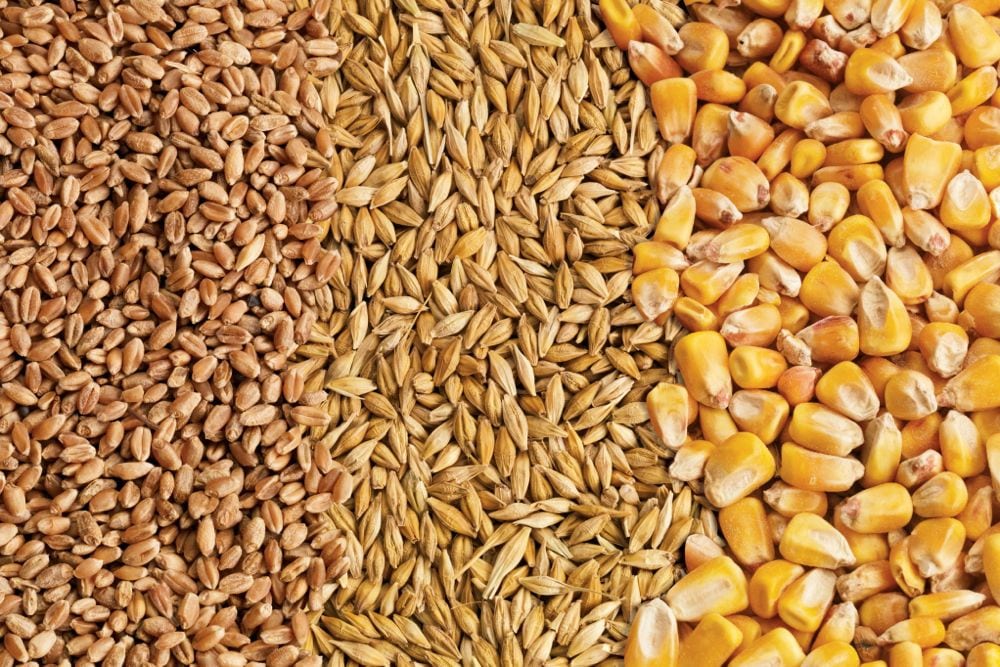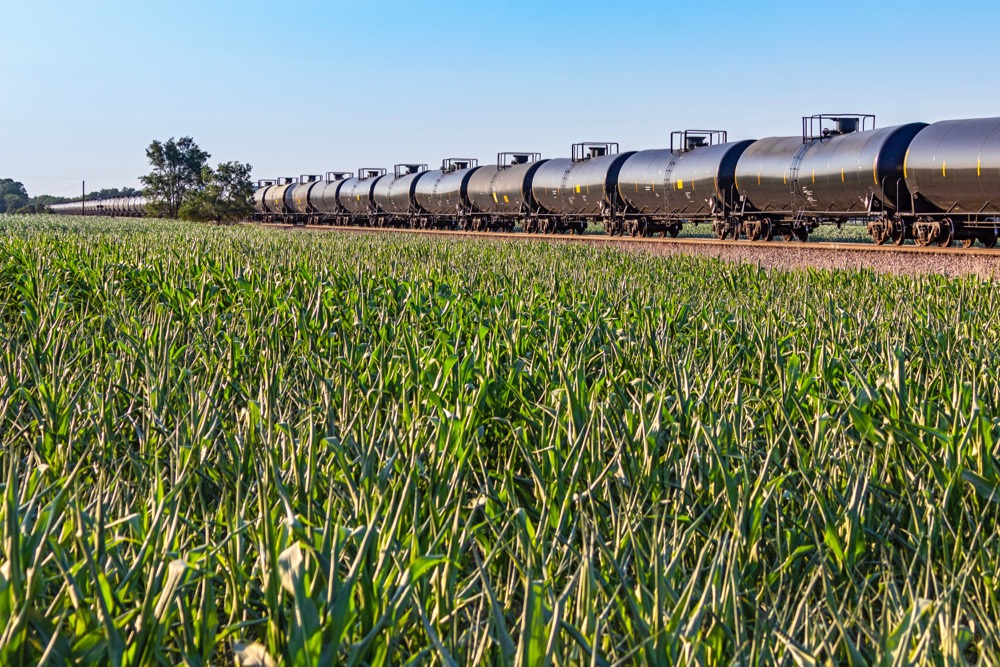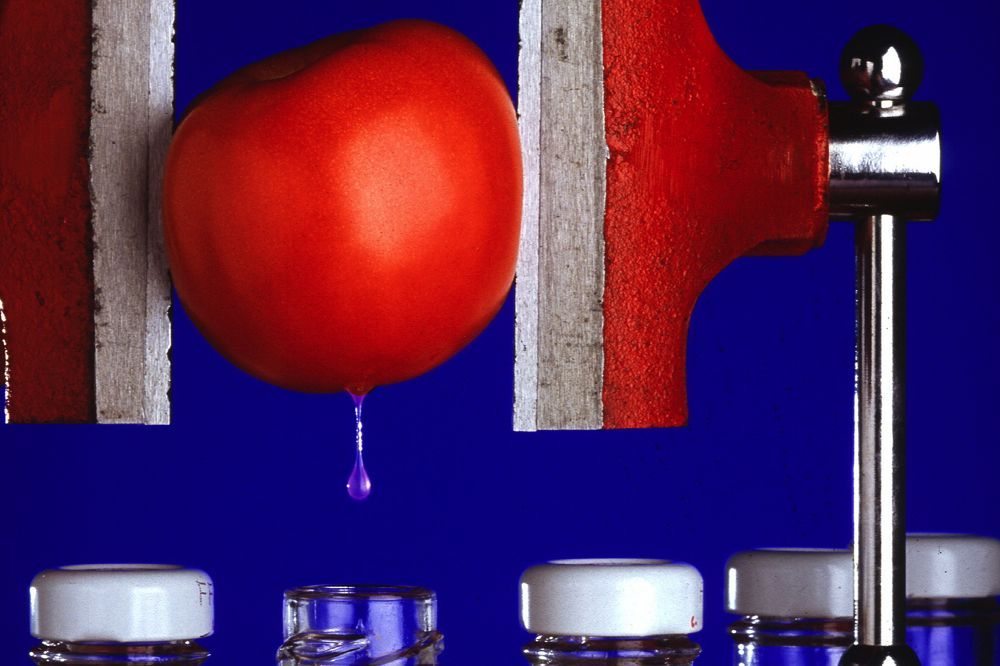CNS Canada — With shrinking farm income and a rising debt-to-asset ratio, the U.S. agriculture industry’s leaders are eyeing opportunities that could help it return to a point of profitability.
U.S. net farm income is forecast to decline in 2017, with projections from the U.S. Department of Agriculture showing an 8.7 per cent drop, bringing the total to US$62.3 billion, marking a fourth consecutive year of declines.
What happens in U.S. markets can dictate and drive profitability levels for Canadian farmers.
Read Also

Feed Grain Weekly: Prices starting to pick up
Prices for feed grain are “grinding higher” said Evan Peterson, trader with JGL Commodities in Saskatoon.
The crux of improving profitability in agriculture is growth and demand, said Chris Novak, CEO of the National Corn Growers Association, speaking at the National Ethanol Conference in San Diego.
“We know that growth and demand is going to come from trade, and that picture is a little muddled right now,” he said.
The U.S. government’s abandonment of the Trans-Pacific Partnership (TPP) and the potential renegotiation of the North American Free Trade Agreement (NAFTA) have dealt blows to the corn market.
The TPP, Novak said, “was our opportunity for growth of exports.”
Japan and Mexico are huge markets for U.S. livestock, said Randy Spronk, managing partner for Spronk Brothers and a past president of the National Pork Producers Council.
The axed TPP was also a hit to that sector, he said.
The U.S. Farm Bill program will provide some support as farmers face financial issues and the potential for lower commodity prices moving forward, Novak said.
In terms of more proactive solutions, fostering understanding between agriculture and consumers can help improve demand.
Understanding customers’ needs from the livestock and feed sectors is among the challenges producers face.
“Certainly a number of food chains have said ‘We don’t want any antibiotics used in the production of meat that’s coming to our restaurants or grocery stores,'” Novak said.
The corn industry is also facing resistance to biotechnology from China, he said, adding he hopes the government will take steps to address that issue.
“We’re challenged these days with a Chinese process that is very slow to accept new biotechnology, advanced crops.”
Adopting risk management into his business model has allowed Spronk to stay in a place of profitability — something other producers could employ to safeguard against financial loss.
U.S. farmers are working against high stockpiles, especially for corn and wheat, which are expected to keep a lid on commodity prices throughout 2017.
— Jade Markus writes for Commodity News Service Canada, a Winnipeg company specializing in grain and commodity market reporting.
















